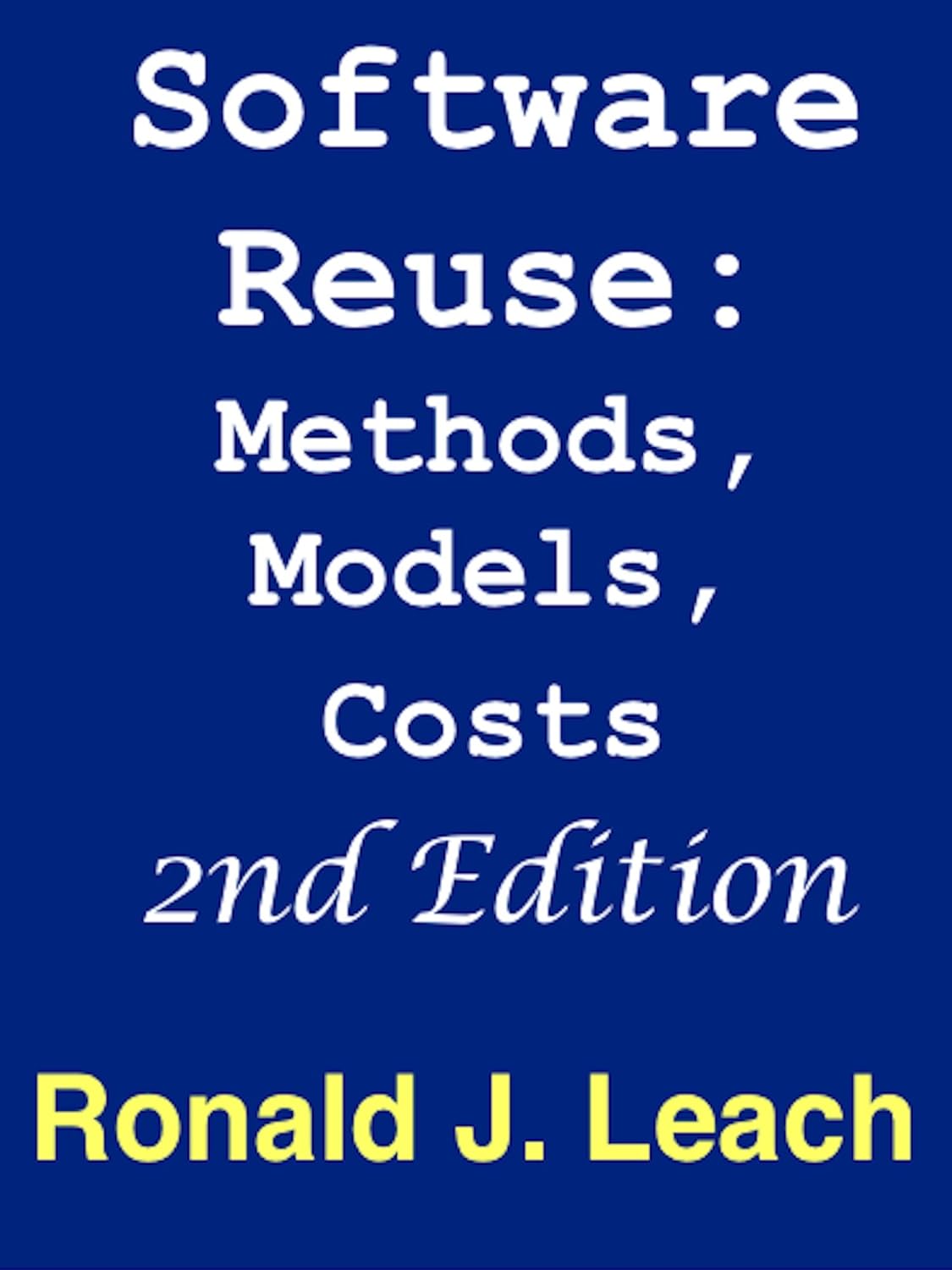

Most ebook files are in PDF format, so you can easily read them using various software such as Foxit Reader or directly on the Google Chrome browser.
Some ebook files are released by publishers in other formats such as .awz, .mobi, .epub, .fb2, etc. You may need to install specific software to read these formats on mobile/PC, such as Calibre.
Please read the tutorial at this link: https://ebookbell.com/faq
We offer FREE conversion to the popular formats you request; however, this may take some time. Therefore, right after payment, please email us, and we will try to provide the service as quickly as possible.
For some exceptional file formats or broken links (if any), please refrain from opening any disputes. Instead, email us first, and we will try to assist within a maximum of 6 hours.
EbookBell Team

5.0
110 reviewsSoftware reuse has been called the central technical concept of object-oriented design. This book covers reuse in object-oriented systems, but goes far beyond in its coverage of complex systems – the type that may evolve into “systems of systems.”
Important new material has been added to this edition on the changed state-of-the-art and state-of-the-practice of software reuse, on product-line architectures, on the economics of reuse, on the maintenance of COTS-based systems. A case study using DoDAF (The Department of Defense Architectural Framework) in system design has been included to show some new thinking about reuse and some attributes of large-scale components of very large systems.
After an introduction to basics, the book shows you how to:
1. Access reuse and disadvantages for your systems.
2.Understand and use domain analysis.
3.Estimate total costs, including maintenance, using life-cycle-based models.
4.Organize and manage reuse libraries.
5.Certify software components that have been created at any phase of the software life cycle your organization uses.
6.Implement systematic reuse using COTS (commercial, off-the-shelf) components and other existing software.
The book includes several models and reengineering checklists, as well as important case studies. These models and checklists help anyone faced with the problem of whether to build, buy, reuse, or reengineer any software component, system, or subsystem of reasonable complexity. Such components, subsystems, and systems often fit into the new paradigms of service-oriented architectures (SOA) and software-as-a-service
…